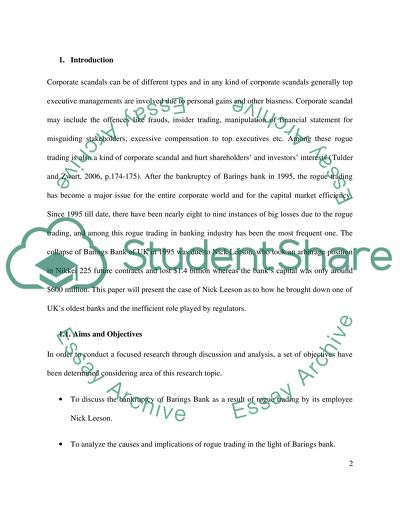Cite this document
(“Rogue Trading within Bank Industry about Nick Leeson Research Paper”, n.d.)
Retrieved de https://studentshare.org/finance-accounting/1391916-rogue-trading-within-bank-industry-about-nick-leeson
Retrieved de https://studentshare.org/finance-accounting/1391916-rogue-trading-within-bank-industry-about-nick-leeson
(Rogue Trading Within Bank Industry about Nick Leeson Research Paper)
https://studentshare.org/finance-accounting/1391916-rogue-trading-within-bank-industry-about-nick-leeson.
https://studentshare.org/finance-accounting/1391916-rogue-trading-within-bank-industry-about-nick-leeson.
“Rogue Trading Within Bank Industry about Nick Leeson Research Paper”, n.d. https://studentshare.org/finance-accounting/1391916-rogue-trading-within-bank-industry-about-nick-leeson.


